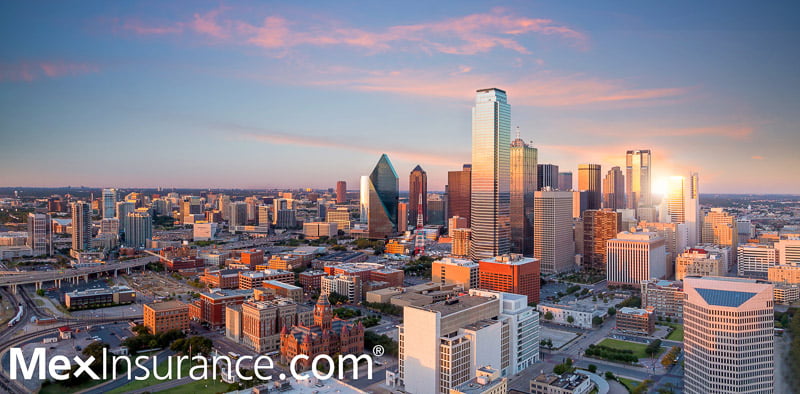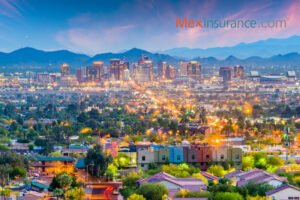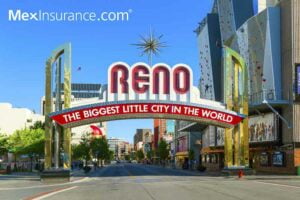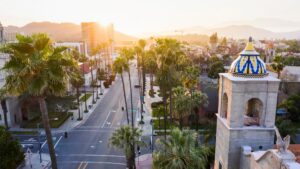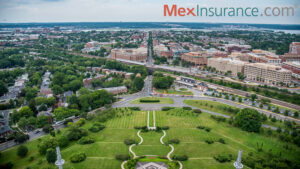Wed, 19 May 2021 18:06:04 +0000
Dallas has a rich history that is much more than just the location of the famed Dallas cowboys or the site of JFK’s assassination. While it may be synonymous with both of those terms today, Dallas is a contemporary city that grew from a small trading post back in 1841. Originally founded by John Neely Bryan, Dallas was chosen as a trading post because it offered an ideal location for migrating pioneers to ford the Trinity river.
Dallas’ Beginnings
While it is unclear how exactly Dallas got its name, it is suspected that it came from one of a handful of prominent past citizens. The trading post quickly grew into a bustling city that served as a service center for the miles of rural land that preceded it. By the time the 1850s came around, it had offered dozens of stores, shops, saddle sops, groceries, dry0goods stores, and even a weekly newspaper to citizens. By 1952 the first factory opened, and soon, a hotel, flour mill, and sawmill followed.
Tragedy struck, however, in 1860 when a fire that started in a drugstore spread throughout the town square and decimated most businesses. Slaves and abolitionists were blamed, leading to a vote by Dallas citizens to secede from the union. Ironically, while Dallas serviced as a commissary post for the Trans-Missipio Army of the Confederacy, it was one of the significant areas that freed slaves ran to following the end of the Civil War. This helped drive up the population of the city as freedmen’s towns grew along its periphery borders.
In the 1870s, rail service was completed to the city, helping to boost its profile and turn the former trading post into a major distribution center for transport industries. Textiles were monumental within the city, and Dallas’s growing profile attracted prominent men like William Henry Gaston and William Cabell. They spurred the growth of the banking and insurance agencies in Dallas.
By 1890 Dallas was the largest city in Texas, but then the great depression hit, destroying several industries in its wake and slowing its growth rate. Throughout the 1900s, a city plan was created that helped make the city more accessible and led to significant growth further spurred by the opening of the Federal Reserve Bank and the opening of a Ford auto plant.
Where it is today
Today the contemporary city is ranked the ninth-largest city in the nation. Its extensive Art Deco district, Fair Park, as the home of the Dallas Cowboys, and its attractive skyline that blends historical beauty against modern skyscrapers. Here is an article on things to do in Dallas.
Proximity to Mexico
Monterrey, Nuevo Leon is just a 9-hour drive south of Dallas. This emerging modern Mexican city is full of things to do for tourists and cross-border businessmen and businesswomen!

